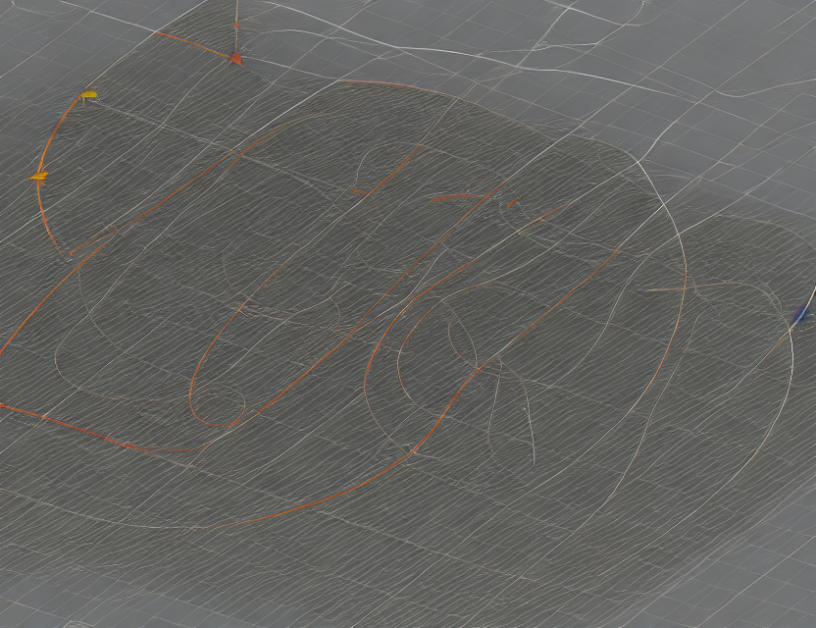In this paper, we explore a new approach to understanding how curves change over time. We call it the "curve shortening flow." It’s like a river that flows through a landscape, constantly changing the shape of the river as it goes. But instead of just following the natural flow of the water, we can control the shape of the river by adding or removing material from it.
The main idea is to take a curve (think of a line on a map) and apply a series of small changes to it over time. These changes are designed to make the curve shorter and straighter. But sometimes, these changes can create new problems, like singular points where the curve becomes very tight or very loose.
To address these issues, we use a technique called "reparameterization." It’s like adjusting the way we measure the distance along the curve. By doing this, we can make the curve look more normal and avoid some of the problems that come up when it gets too tight or too loose.
We also show that our method preserves certain properties of the initial curve, like the location of extrema (think of the highest or lowest points on a hill) and inflection points (where the curve changes direction abruptly). These properties are important because they help us understand how the curve will behave in the future.
Overall, our method provides a new way to study curves and how they change over time. It’s like having a magic wand that lets us control the shape of the river, making it easier to understand and predict how it will flow.
Curve Shortening Flow for Finite Total (Absolute) Curvature



